Unlocking the Power of Telephoto Cameras in Smartphone Photography
Smartphone cameras have evolved with telephoto technology, reducing distortion in portrait photography and enhancing zoom capabilities. ISOCELLs 200MP sensors bridge wide and telephoto camera disparities.
Smartphones have become an integral part of our daily lives, and their cameras have emerged as a pivotal feature for users worldwide. Two fundamental reasons contribute to this phenomenon: first, the camera is the most frequently utilized function in our everyday lives, capturing memories, documenting experiences, and communicating visually. Second, assessing camera performance is a task accessible to even the untrained eye, making it a relatable and essential aspect of smartphone evaluation. Over the past decade, smartphone cameras have experienced a rapid evolution, continually striving for better imaging capabilities within the constraints of their compact form factor. Year after year, consumers eagerly anticipate new smartphone releases with improved cameras, all while demanding thinner, lighter devices. Simultaneously, tech enthusiasts and critics alike voice concerns regarding the size of camera bumps and the overall thickness and weight of smartphones.
In the quest to address these challenges, one solution has risen to prominence – the telephoto camera. This innovation has spurred gradual advancements in telephoto sensor technology across the smartphone industry. Major smartphone manufacturers have made notable announcements about the inclusion of enhanced telephoto cameras in their flagship devices, elevating the telephoto camera from being merely an extra or secondary camera to a primary and indispensable component. Looking ahead, the telephoto camera emerges as a key driver behind the ongoing enhancement of smartphone camera specifications.
Portrait photography stands as a testament to the capabilities of telephoto cameras. While many smartphone users employ the high magnification mode of their telephoto camera for distant shots, they often resort to the wide mode for portrait photography. However, a challenge arises when using wide mode for close-up shots: it distorts close objects, making it difficult to capture the subject accurately.
The distortion in the photo on the left above is a consequence of taking a close-up shot with the main wide camera, which typically boasts a focal length of 24mm and a field of view of approximately 84°. This distortion phenomenon, known as "extension distortion," occurs because the wide camera's short shooting distance for close-up shots causes the 3D shape of the subject's face to be projected onto a 2D image sensor. As a result, the center of the face appears extended compared to the face's peripheral areas, owing to differences in their relative distances from the camera. This phenomenon becomes more pronounced with shorter shooting distances, exacerbating the extension distortion. Consequently, the wide camera is better suited for capturing images where people are set against expansive landscapes, such as at tourist spots, rather than when people are the primary subjects. In contrast, a telephoto camera with a focal length of 85mm and a field of view of 29° exhibits significantly less distortion at common magnifications of 3-3.5x, making it an ideal choice for portrait photography.
Another reason telephoto cameras excel in portrait photography is their ability to create a pleasing out-of-focus effect, often referred to as "bokeh." When other variables remain constant, a longer focal length results in a shallower depth of field. In practical terms, this means that the background surrounding the subject becomes blurred and out of focus, directing the viewer's attention squarely onto the subject. While a wide camera is versatile for capturing both people and their surroundings at tourist destinations, a telephoto camera shines when the primary focus is on the people themselves.
Currently, telephoto cameras are most commonly found in high-end smartphones. Wide cameras in this segment often feature optical image sensors with formats ranging from 1/1.4″ to 1″, delivering image quality that aligns with their size and offering features like high dynamic range (HDR) and high-speed shooting. In contrast, telephoto image sensors typically feature smaller optical formats, ranging from 1/2.7″ to 1/2″, with only a few exceptions. From a user perspective, this disparity in specifications translates into differences in image quality, color reproduction, and HDR performance between telephoto and wide cameras. Users may find it challenging to capture photos and videos with the desired level of quality using telephoto cameras, especially when shooting subjects from a distance in settings like stadiums or concert halls.
The quest to bridge the gap between wide and telephoto cameras has become a central challenge for the smartphone industry. The objective is to bring telephoto sensors up to par with wide sensors in terms of specifications and capabilities. Fortunately, as wide-angle sensor modules have grown in size and sophistication, the space for telephoto image sensor modules has expanded proportionately. Upgrading the size and capabilities of telephoto image sensors not only allows users to maintain shooting scenarios similar to those of wide sensors but also enhances the ability to achieve impressive out-of-focus effects for portrait photography. This is because a larger image sensor, while maintaining the same field of view, will have a longer focal length, resulting in a shallower depth of field compared to a smaller telephoto sensor.
In this endeavor, ISOCELL's ultra-high-resolution image sensors emerge as a compelling solution, facilitating the transformation of telephoto cameras into primary imaging tools. The standout feature of these sensors is their remarkable resolution, which has already been demonstrated successfully in various smartphone implementations. These sensors have proven particularly valuable in smartphones positioned at price points where integrating a separate telephoto camera may be challenging or unfeasible. For instance, a single 200MP sensor can serve both as a telephoto and wide camera, offering 4x in-sensor zoom capabilities while maintaining image quality comparable to that of a conventional telephoto sensor.
ISOCELL's 200MP sensors bring a unique advantage to the table: 2x and 4x in-sensor zoom capabilities with no loss of resolution, thanks to a superior remosaic algorithm. The 4x zoom scene above showcases image quality that rivals that of an optical 3x module, a remarkable feat that diminishes the perceived necessity for separate optical zoom systems. The algorithm rearranges color pixels into an RGB Bayer pattern, allowing a 200MP sensor to maintain 12.5MP resolution at 1x/2x/4x zoom levels without sacrificing image quality. Considering that a smartphone's primary wide camera typically defaults to 12MP at 1x mode, this technology enables users to enjoy the same resolution at 2x/4x zoom levels.
Notably, the 200MP ISOCELL HP2 and ISOCELL HP3 sensors further enhance zoomed shooting quality by applying a deep-learning-based remosaic algorithm that accentuates scene-optimized details. Additionally, when coupled with flagship application processors (APs) such as the Snapdragon® Mobile Platform, which feature internals favoring parallel computation through digital signal processors (DSPs) and graphics processing units (GPUs), the overall image quality is significantly improved.
These ultra-high-resolution image sensors, designed to function as primary sensors, come equipped with advanced technologies that enhance image quality. The sensors leverage the Tetra²pixel function, which combines up to 16 neighboring pixels to improve low-light image quality. They also deliver superior performance in terms of HDR and frames per second (FPS). Moreover, their 1/1.3″ to 1/1.4″ large optical format offers the ability to capture images with enhanced out-of-focus effects when compared to conventional telephoto sensors. These inherent advantages empower 200MP ISOCELL image sensors to bridge the divide between wide and telephoto cameras, ensuring consistent image quality between primary and secondary cameras and fostering innovative user experiences for flagship smartphone users.
To illustrate the practical benefits of these sensors, consider a 3x telephoto module equipped with a 200MP sensor. This
Download your fonts:
Restiany Script Font - Free Download
Yellow Honey Font - Free Download
Shakila Yasmin Font - Free Download
Silent Fighter Font - Free Download
Brought The Style Font - Free Download
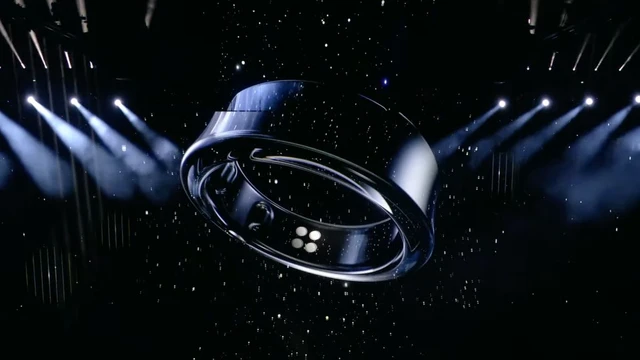


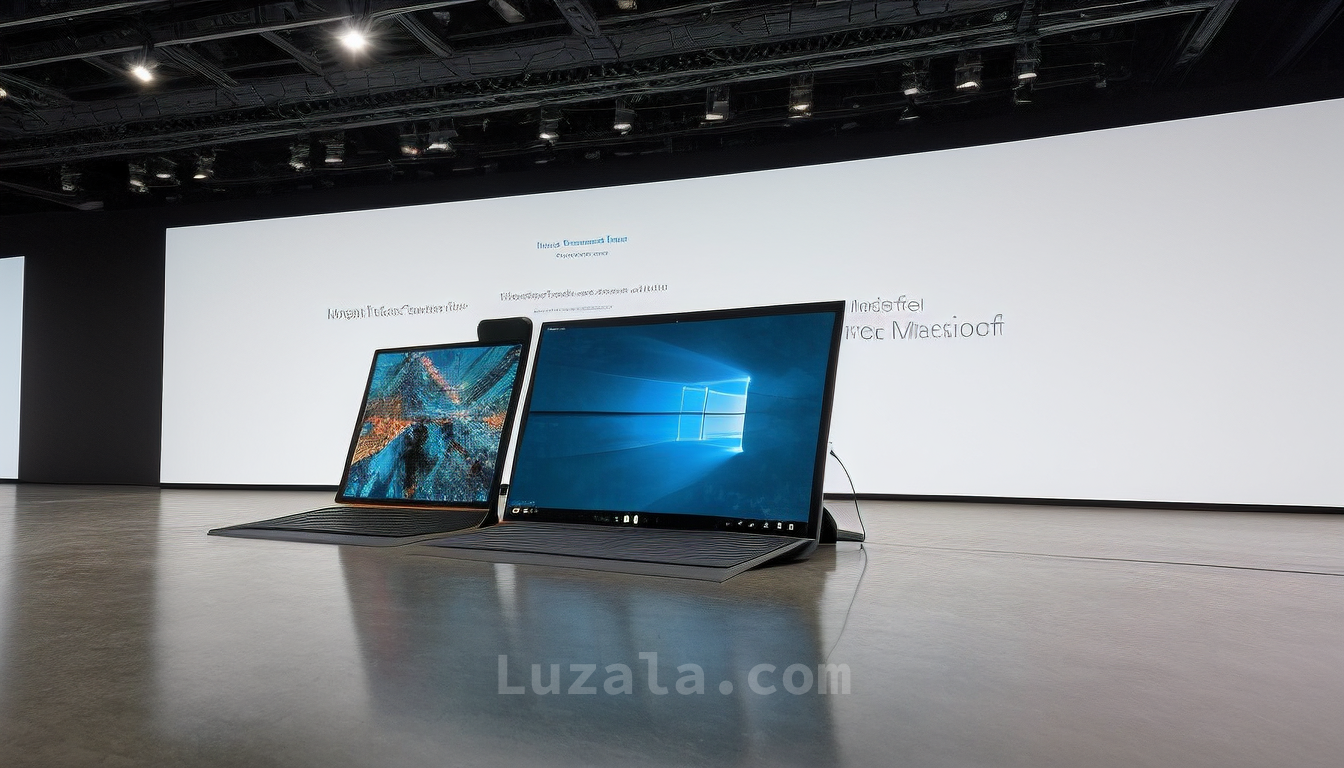
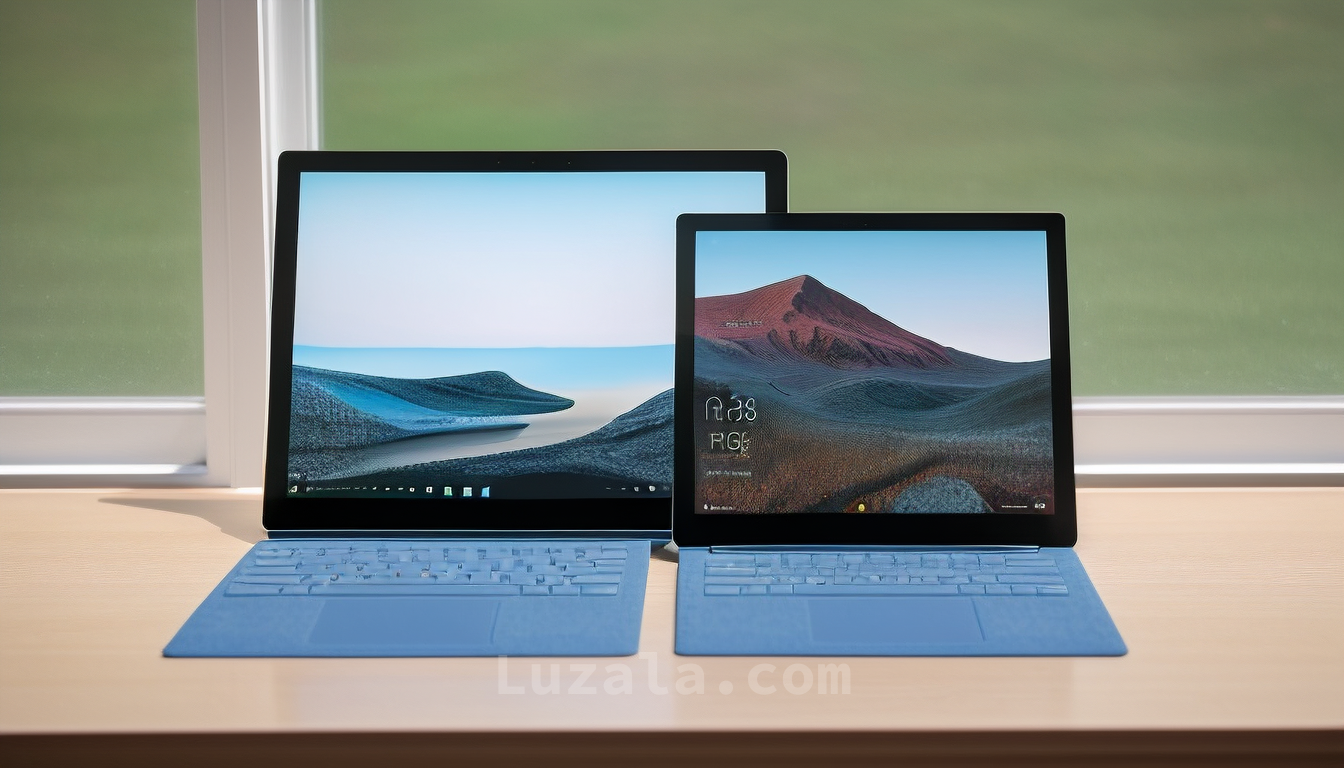

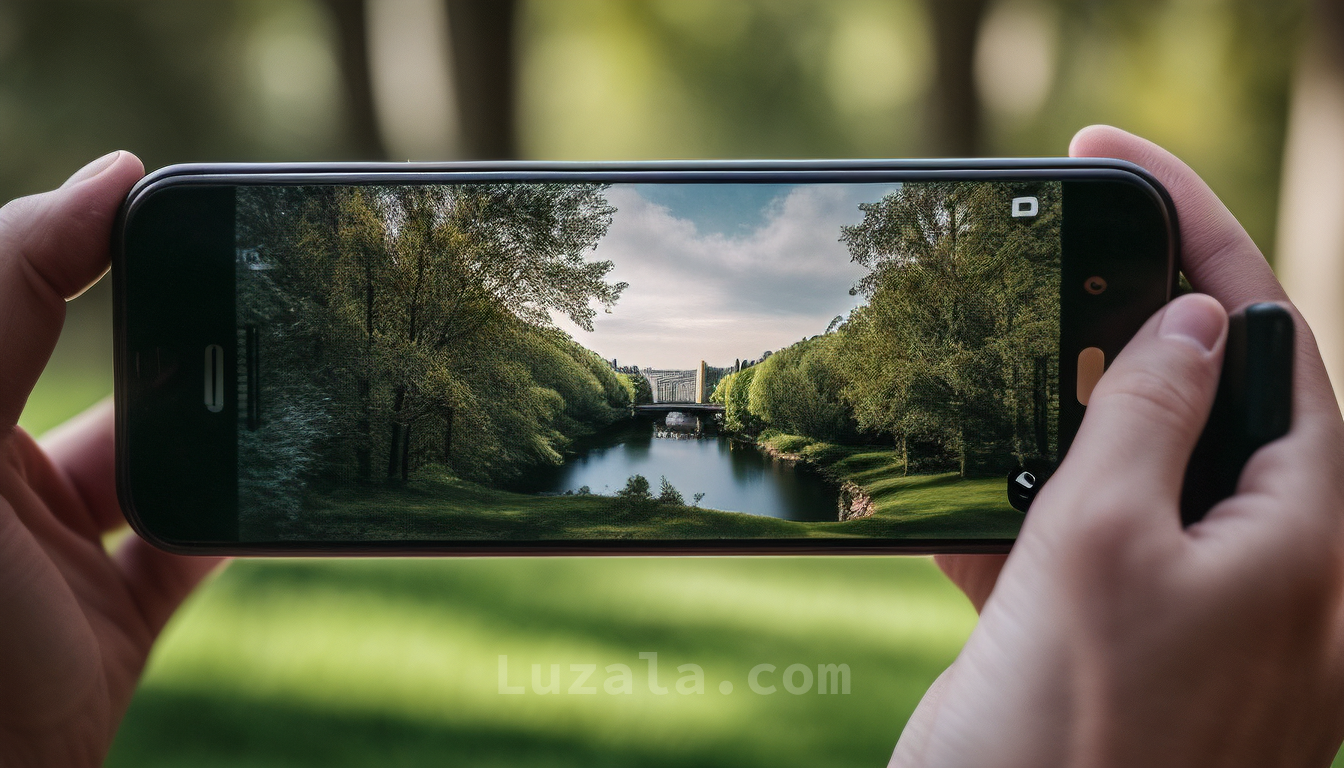

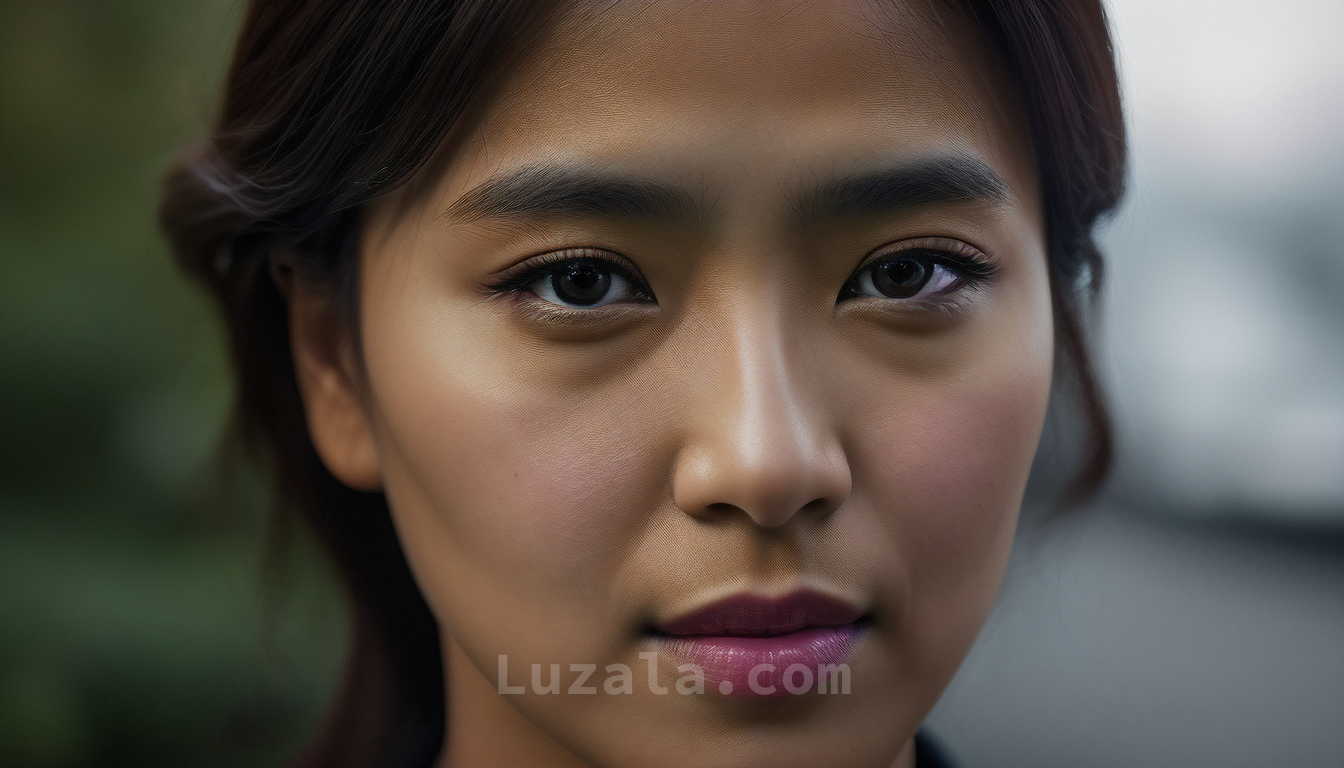
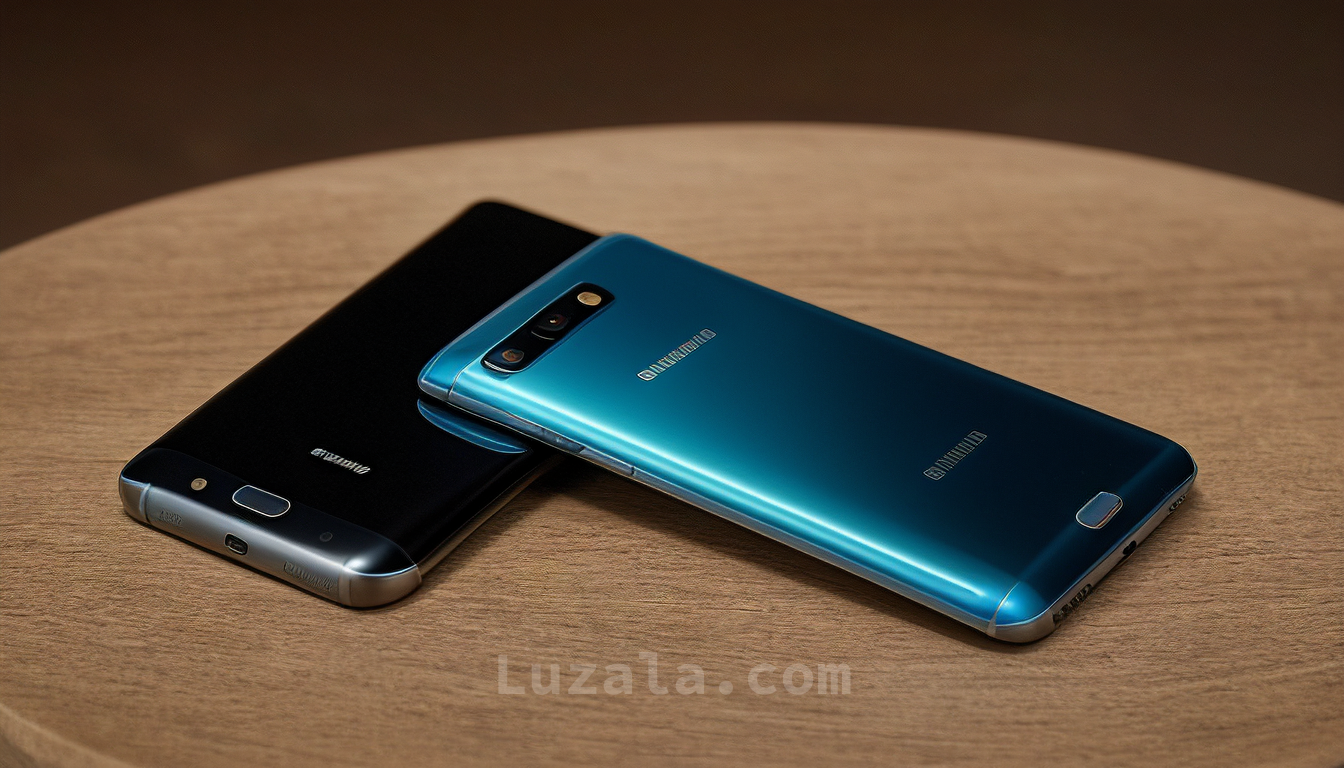





Comments